Alhambra de Granada
We had discussed the Basque as a region in a prior post. Spanish regions are "autonomous communities" that have certain powers of self-governance. Three of the ones we had just visited even had their own languages that are still flourishing. We began our trip in Madrid. Barcelona is in Catalonia with its own language as are San Sebastian and its neighbors in the Bosque region, Alicante is in the Valencia region. It too has a language of its own although we did not hear much of it. We are now moving on to Andalucía which is the southern most region of Spain. There are 17 regions in Spain. It is hard to compare them directly to states. They are more like U.S. regions (like New England, or the deep South,) but they have less powers than U.S. states. They are as much cultural as geopolitical but they also have their own histories as do U.S. states. We had heard much about about Andalucia and were excited to visit.
Having just visited Santa Barbara Castle, we were also growing curious about the Moors. Who were these people? What is the distinction between Moors and Muslims? We often found that the words were being used interchangeably. We went out to the internet and found National Geographic’s website to give us this definition.
If the term “Moor” seems familiar but confusing, there’s a reason.
Though the term can be found throughout literature, art, and history books, it
does not actually describe a specific ethnicity or race. Instead, the concept
of Moors has been used to describe alternatively the reign of Muslims in Spain,
Europeans of African descent, and others for centuries.
Derived from the Latin word “Maurus,” the term was originally used
to describe Berbers and ethnic groups from the ancient Roman
province of Mauretania in what is now
North Africa. Over time, it was increasingly applied to Muslims living in
Europe. Beginning in the Renaissance, “Moor” and “blackamoor” were also used to
describe any person with dark skin.
In A.D. 711, a group of North African Muslims led by the Berber
general, Tariq ibn-Ziyad, captured the Iberian Peninsula (modern Spain and
Portugal). Known as al-Andalus, the territory became a prosperous cultural and
economic center where education and the arts and sciences flourished.
Ignoring the juxtaposition about ethnicity between the first and second paragraphs, the key element here is that the Moors, as we will call them, ruled the Iberian Peninsula from A.D. 711 until the final Reconquista in 1492. The Reconquista was a centuries-long series of battles, that we as kids grew up lovingly calling the Crusades. They were not originally religious in nature but grew more so when they drew Papal support. They started as early as A.D. 792 and continued for 700 years until 1492. It all ended in Granada, with the fall of the Moors at Alhambra de Granada to the Spanish Catholic Monarchs, Ferdinand and Isabella.
1492 marks the end of the Muslim rule in Spain. Yes, the Moors were Muslims. This is also the start of Spain’s global power and colonial expansion. In addition, Queen Isabella is also the one who brought us the Inquisitions which drove all non-Catholics from the peninsula. This included the forced conversion of Jews and remaining Muslims. We’ll send you off to study this on your own, but while you are at it, study the Jews of New Mexico. Often referred to as crypto-Jews, they were Sephardic Jews from Spain when went to New Mexico to escape the Inquisition in Spain. Since New Mexico was ruled by the Spanish, Jews were not allowed there either, but this group managed to hide their Jewish legacy and maintained most of their Jewish practices and beliefs. It is worth doing some research about this sect of people who exist to this day in parts of New Mexico.
This palace was amazing and unlike anything we have seen in the past. It was not just a fortress, it was a fortress, and a palace. A summer palace with gardens. An entire city within a walled fortress. It was built by numerous rulers between the 12th and 14th centuries. There were six palaces and two tower palaces, but only two are remaining today. When the Spanish re-conquered in 1492, the Spanish Royalty took it over and continued to use it and even added elements of Renaissance architecture to it.
In 1812, parts of the Alhambra were destroyed by Napoleon, although he also lived there for a while. In 1832, the Alhambra was deteriorating from neglect and lack of care. An American writer was living in the Alhambra at the time, along with the thieves, and other outcasts that occupied the place. He wrote a book titled Tales of the Alhambra which brought international attention to the place and prompted the Spanish to save the place. In Granada, Washington Irving is celebrated as the individual who saved the Alhambra.

One interesting thing we discovered in Granada was ready to drink Gazpacho. It was always on the menu in restaurants, and served in wine glasses for drinking rather than eating with a spoon from a bowl. We found it in the supermercado in a milk jug type container. Quite tasty!












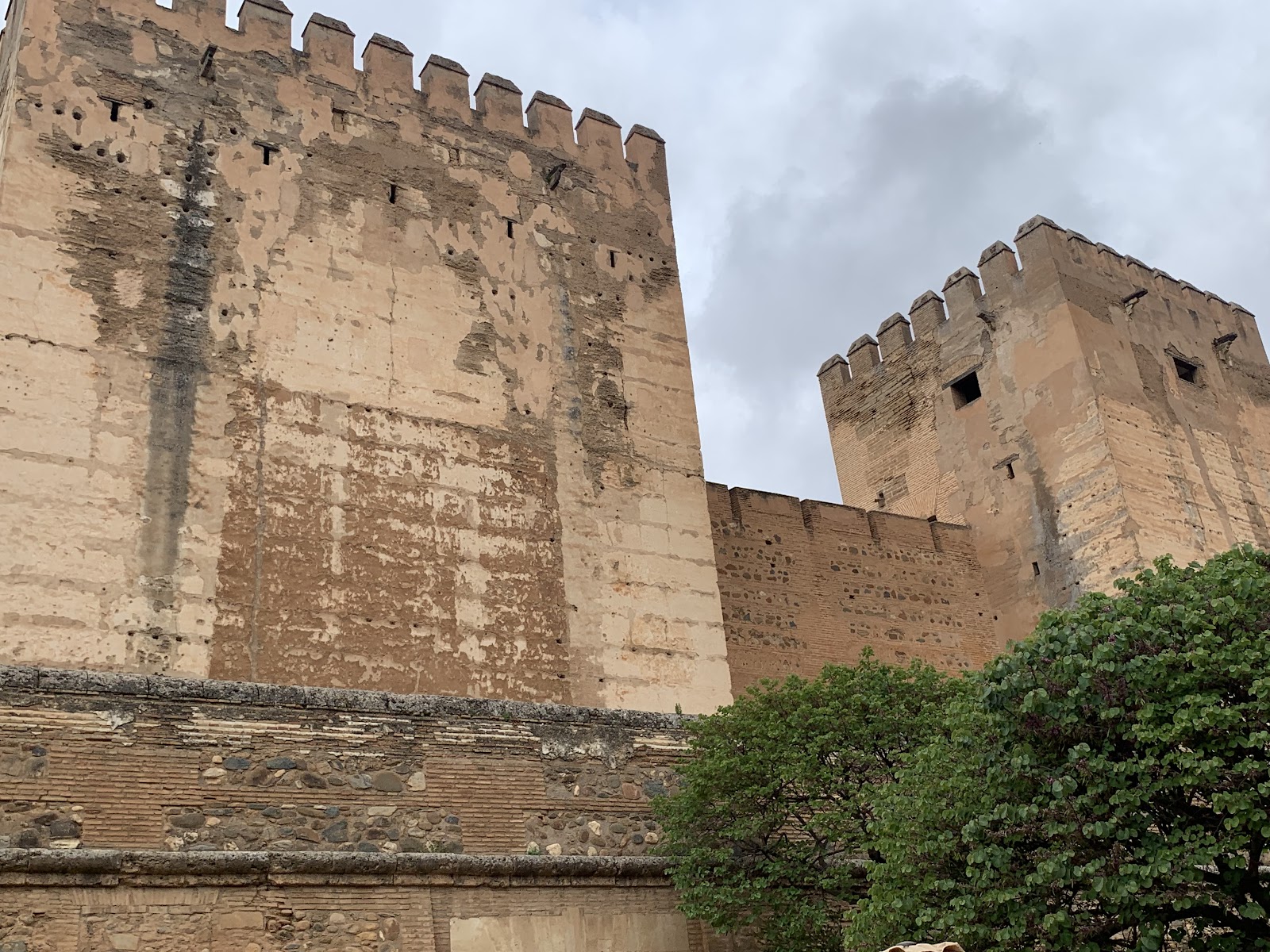













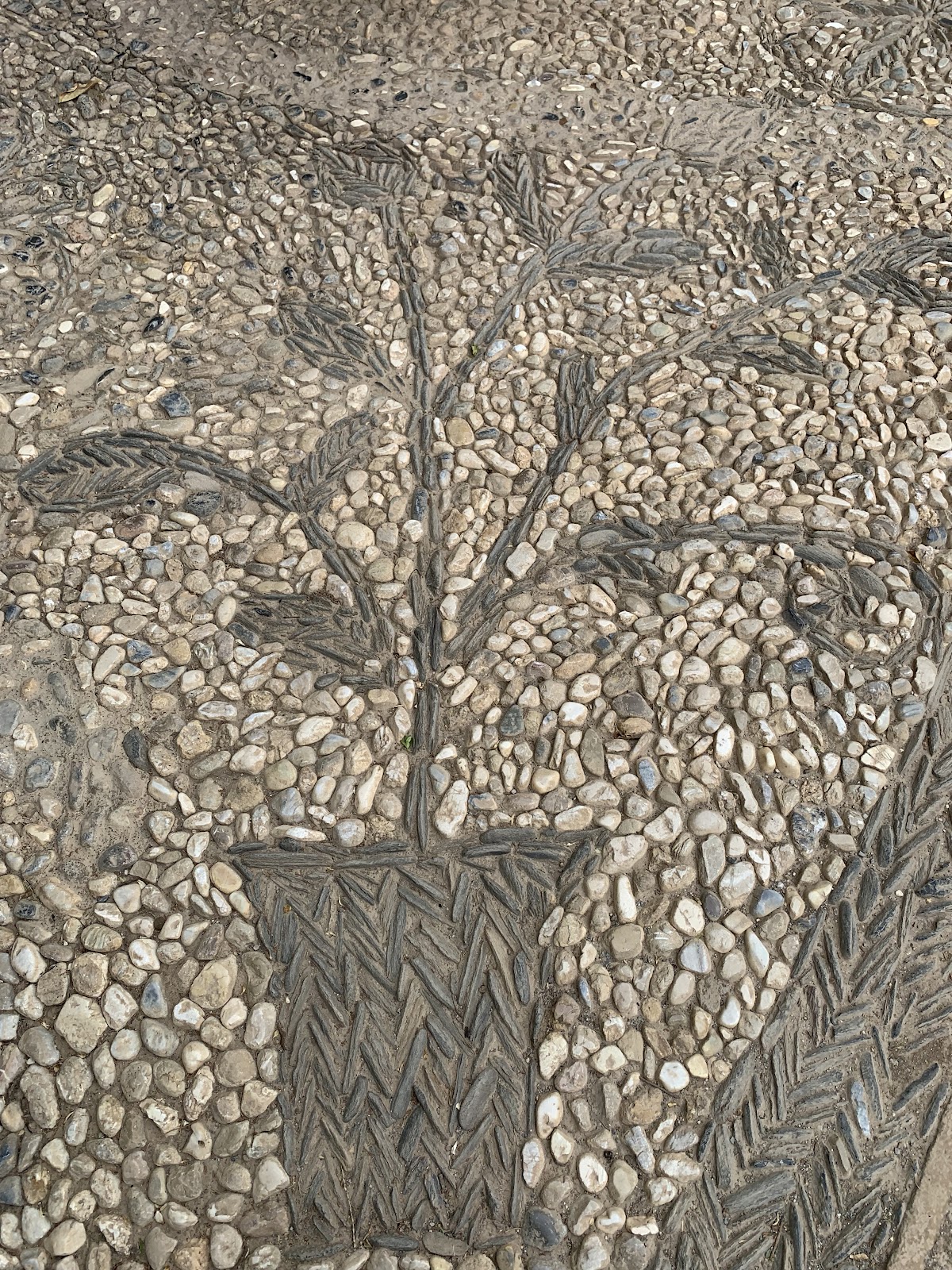


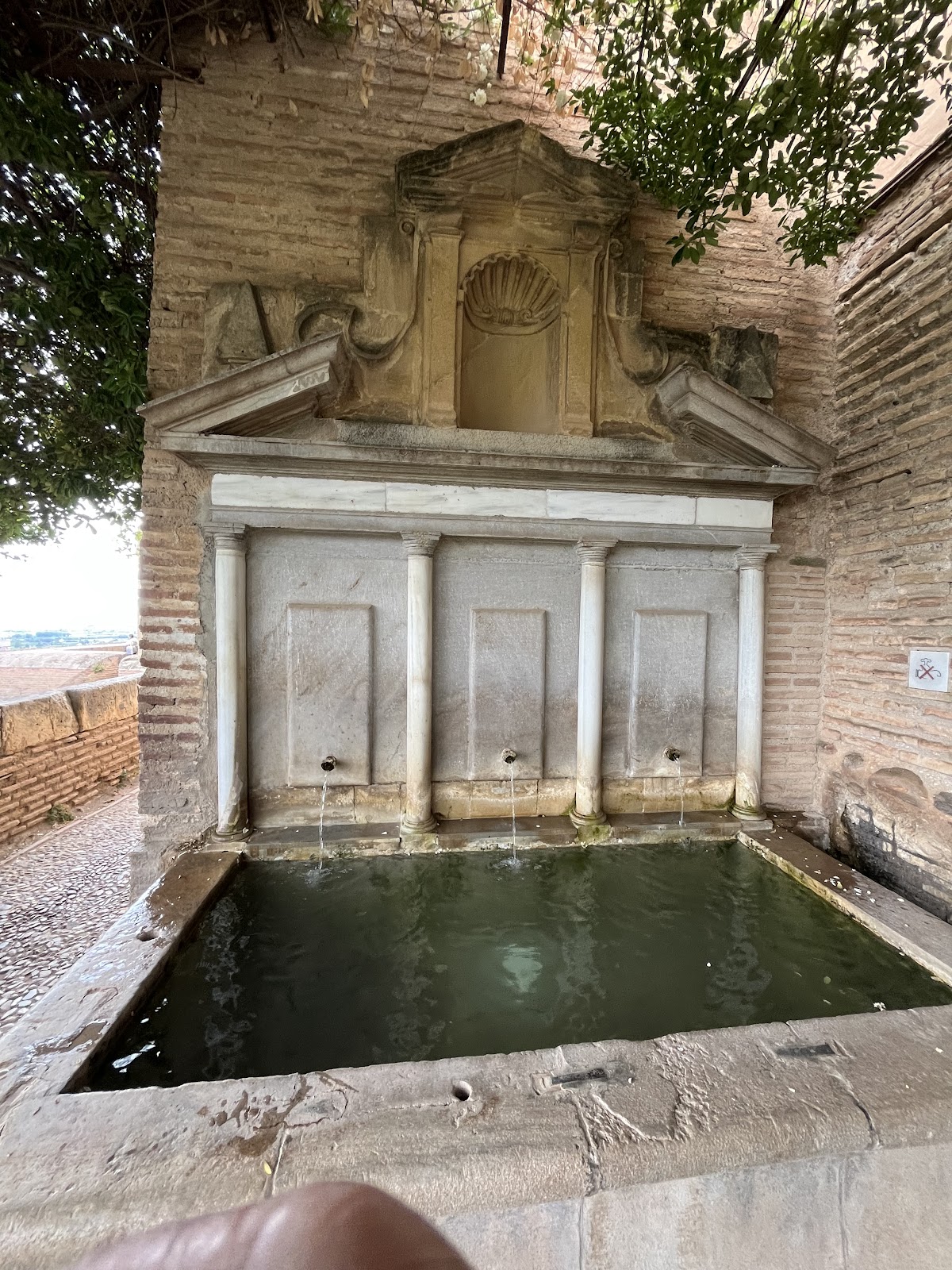

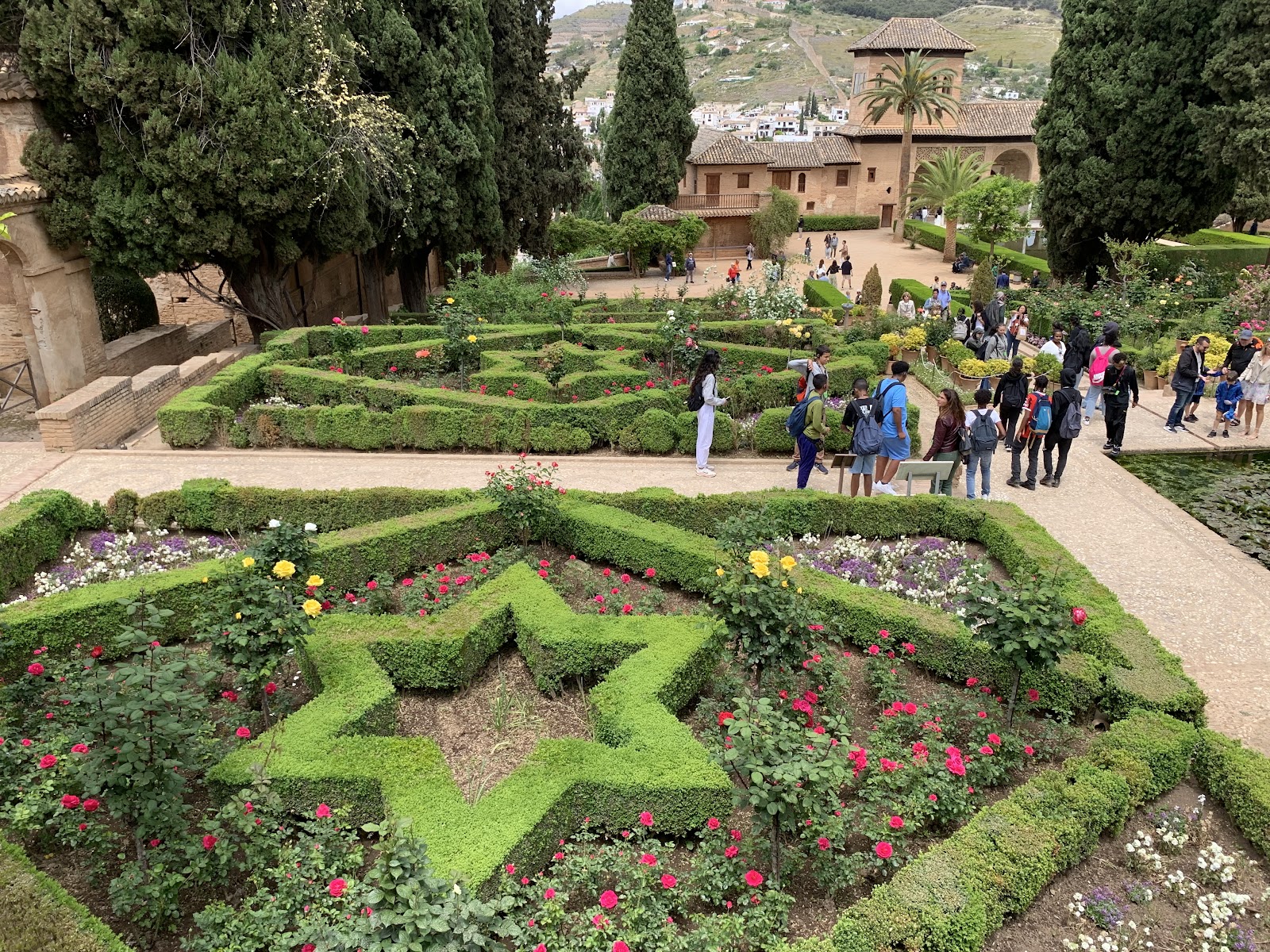

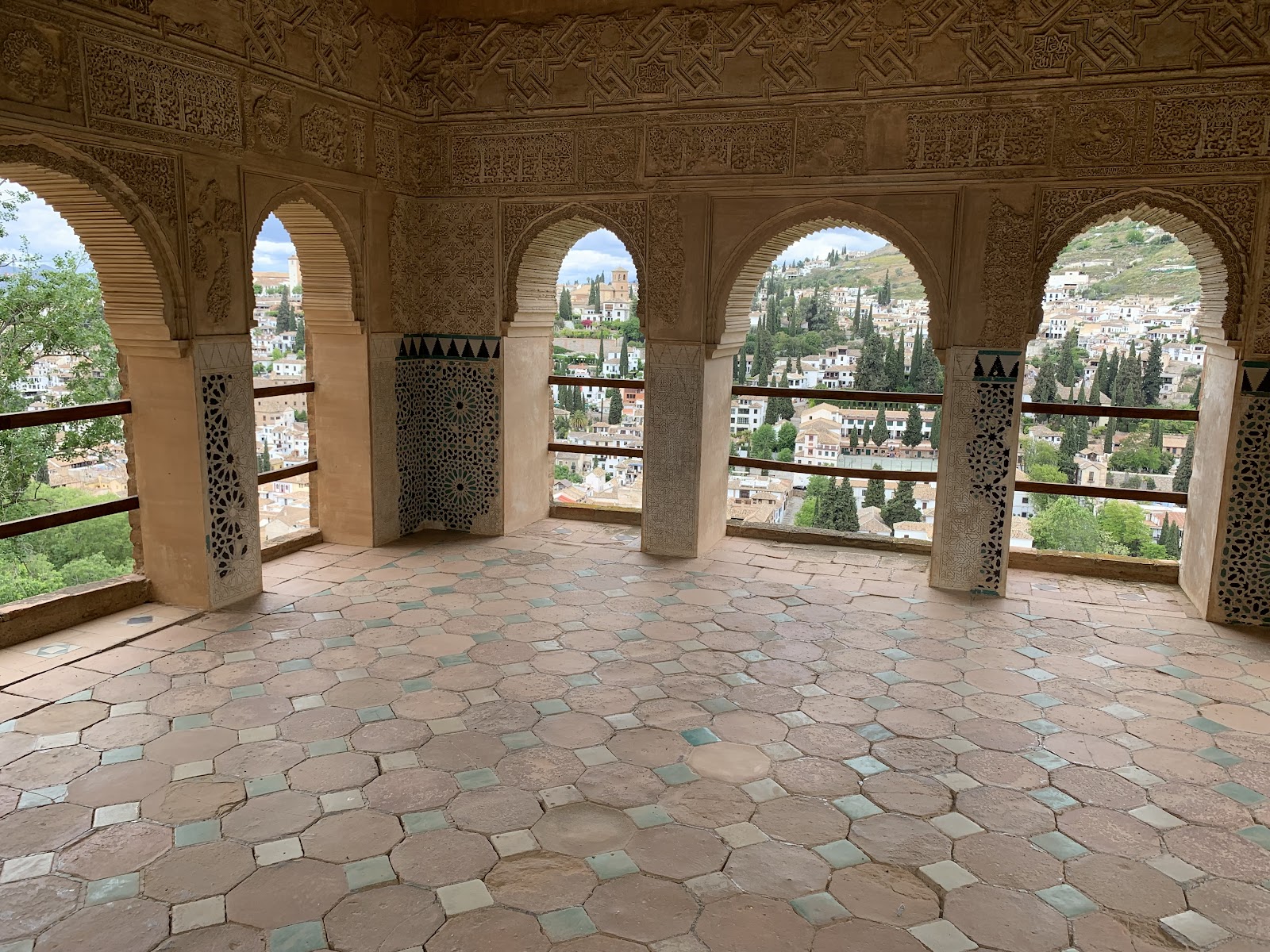
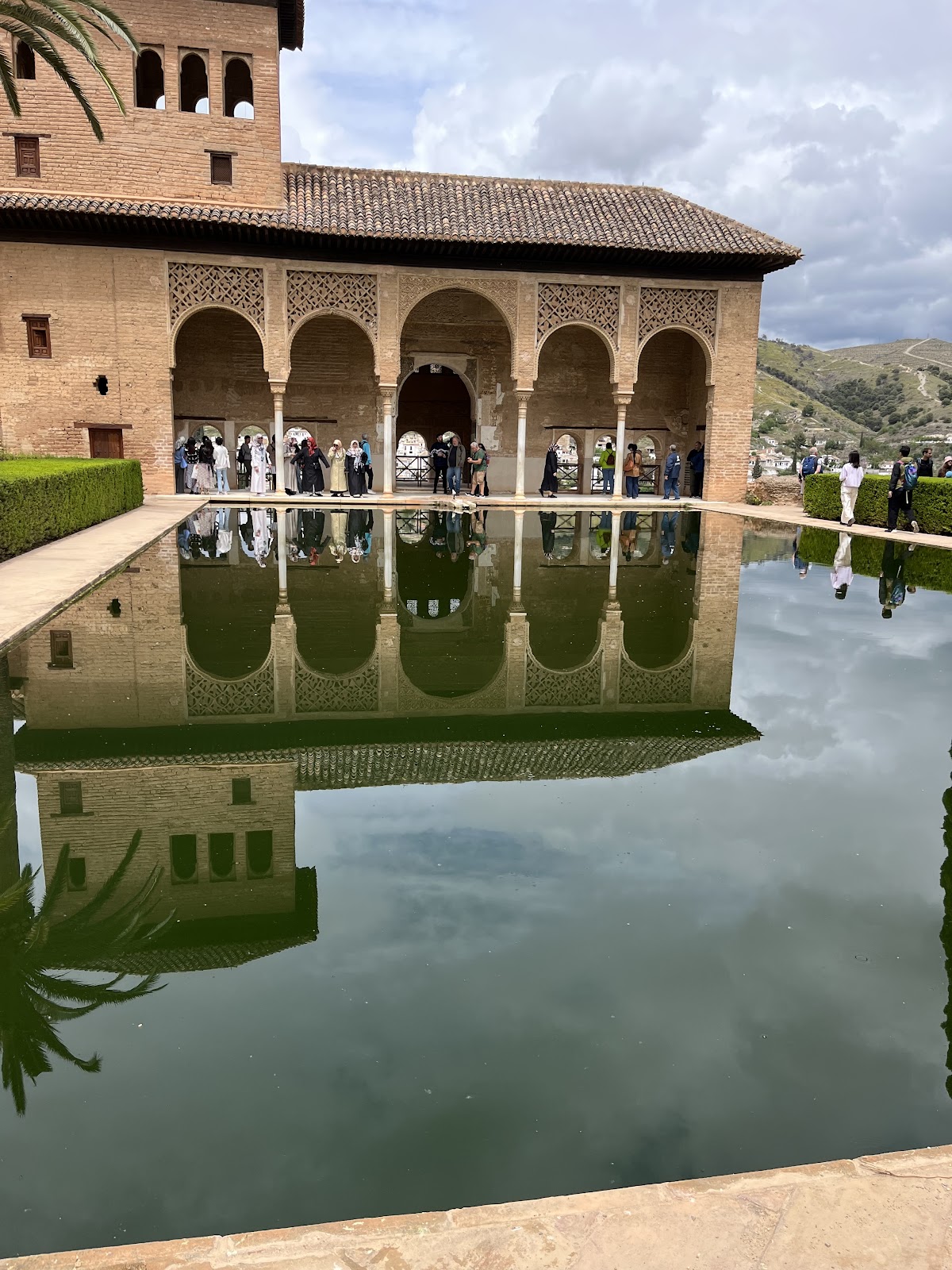







Comments
Post a Comment